THE BLOG
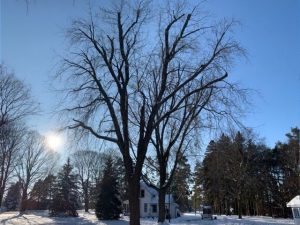
Silver Maple Structural Pruning
Silver maple is a large tree species that can reach sizes in excess of 80′ tall and 50′ wide. Their growth habit is to form multiple stems with long sprawling limbs that reach up and out from the main trunk. Silver maple is known to form tight branching unions that can be predisposed to failure. Structural pruning as well as distal reductions to reduce weight and elemental dynamic movements of these limbs significantly reduces the likelihood of failure. This specific Silver maple, overhanging the laneway and parking area, was pruned for distal and structural reductions to lessen the potential for damage to the tree and the surrounding property. The result is a better balanced tree with a more pleasing aesthetic and a reduced potential for limb failure.
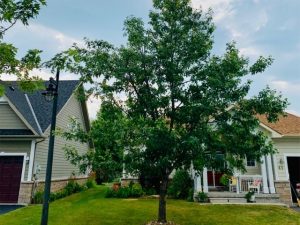
Freeman Maple Pruning
This rapidly growing species is prone to develop tight, undesirable included bark unions. The inability for the tree to grow enough reactive tissue inside the union leaves a structural weakness. Co dominant stems should be reduced (if removing them entirely is a poor option) to reduce the potential for failure. This Freeman maple received reduction pruning to reduce just such a stem.
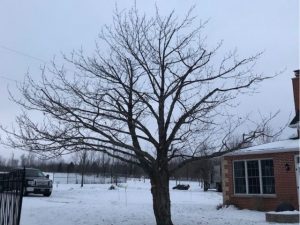
Cherry Tree Pruning
This Cherry tree was pruned to improve the form and remove deadwood.
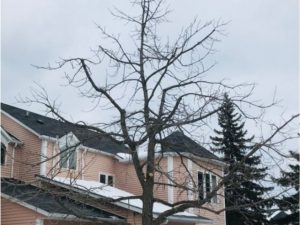
Bur Oak Formative Pruning
Formative pruning is important during a trees juvenile years to ensure that the specimen reaches its species potential.
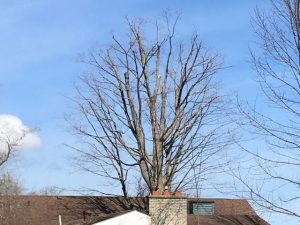
Sugar Maple Pruning
This mature Sugar maple was pruned for retrenchment to encourage proximal growth as well as structural reductions and form.
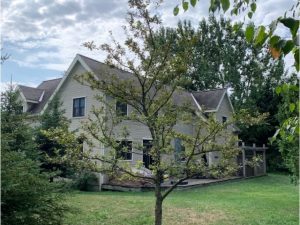
Crab Apple Form & Structure Pruning
Ornamental trees such as this Crabapple, which has become overgrown, can become unappealing rather than serving their intended purpose of improving the landscape. This tree was pruned to have a cleaner appearance as well as for structural reductions to reduce the likelihood of branch failure. The change in appearance with this specimen is quite remarkable.
